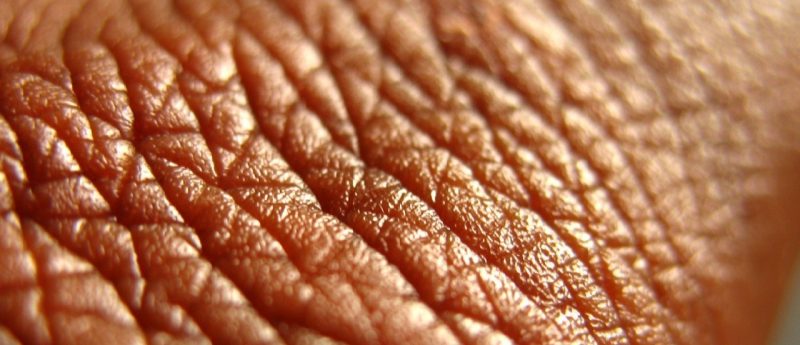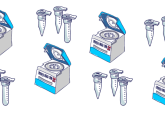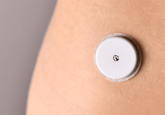Sweat analysis device could assist diagnosis and disease monitoring

A simple sweat collection and analysis device from Penn State University (PA, USA) and Xiangtan University (Xiangtan, China) could assist healthcare professionals with diagnosising and monitoring disease progression by measuring biomarkers, such as pH and glucose.
Researchers from Penn State University (PA, USA) and Xiangtan University (Xiangtan, China) have developed a skin-interfaced microfluidic platform for collecting, storing and analyzing sweat chemistry and sweat loss. The device utilizes sweat generated by heat from the sun or daily exercise to analyze biomarkers, such as pH and glucose, that are useful for diagnosis and monitoring disease progression.
As described in their article, recently published in Lab on a Chip, the device is a soft patch that will be applied to the skin close to sweat glands. It consists of two small vials with a silicone rubber hydrophobic valve near the opening. The vials contain multiple chambers and the channels have a hydrophilic coating to assist the collection of sweat. The single opening of this device results in reduced evaporation of the sweat, leading to increased storage time for later analysis.
Huanyu Cheng (Penn State University), co-author of the article, explained: “The two-valve device is more complicated and requires using a clean-room technique called photolithography. Our simpler one-valve device can be made without expensive equipment utilizing micromachining.”
For on-the-spot analysis, a colorimetric approach can be used with the device by pre-placing a color-coded analyte into the chambers. The colour response of the analyte due to pH or glucose levels in the sweat sample can be identified by eye or using a photo taken using a smartphone. The researchers are also able perform chrono-sampling in order to analyze the sweat samples at different time points using different chambers.
This device could be beneficial to healthcare professionals and athletes for monitoring overheating and adjusting exercise levels for optimum performance. Additionally, the team are collaborating with a colleague from Penn State Hershey Medical School (PA, USA) to improve the device for disease monitoring. In the future, the team intend the device to include one chamber color-coded for pH, a second for glucose and a third for sodium, as all of these can be utilized as disease markers.
Sources: Zhang Y, Chen Y, Huang J et al. Skin-interfaced microfluidic devices with one-opening chambers and hydrophobic valves for sweat collection and analysis. Lab Chip doi: 10.1039/d0lc00400f (2020) (Epub ahead of print); www.news.psu.edu/story/623914/2020/06/23/research/simple-device-monitors-health-using-sweat






